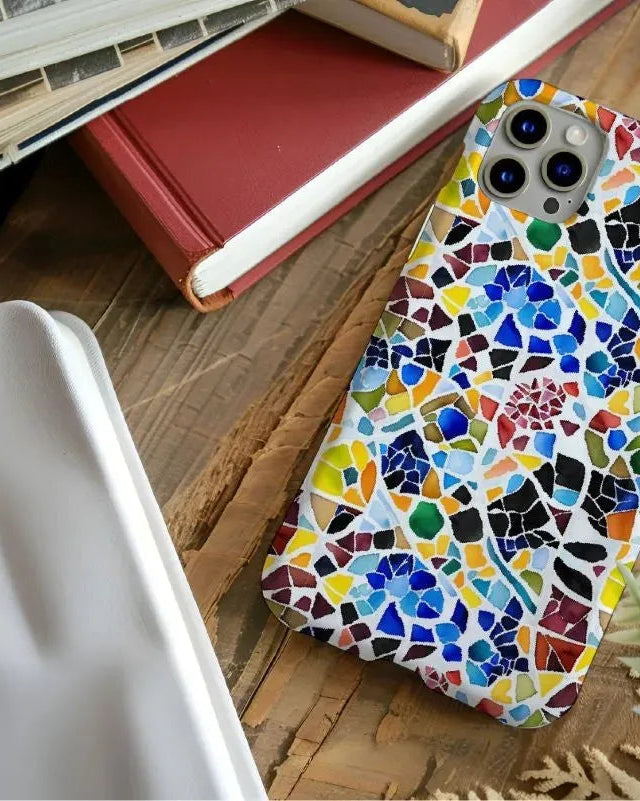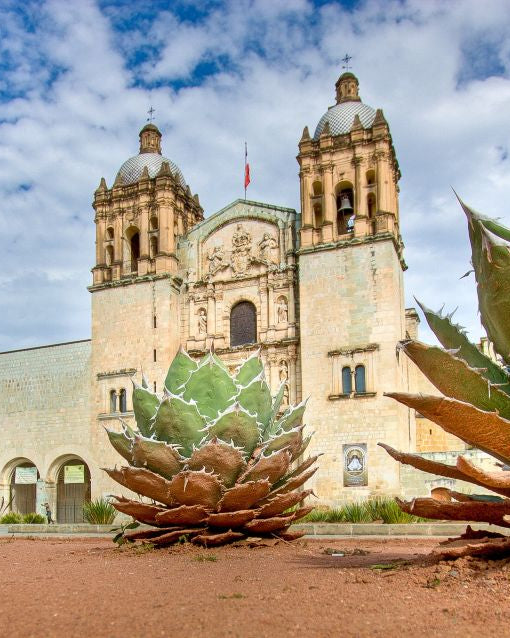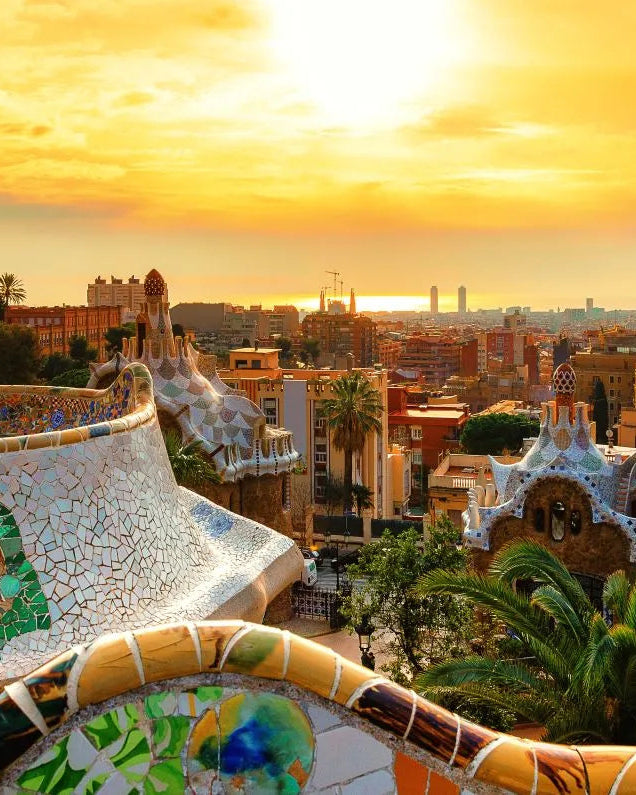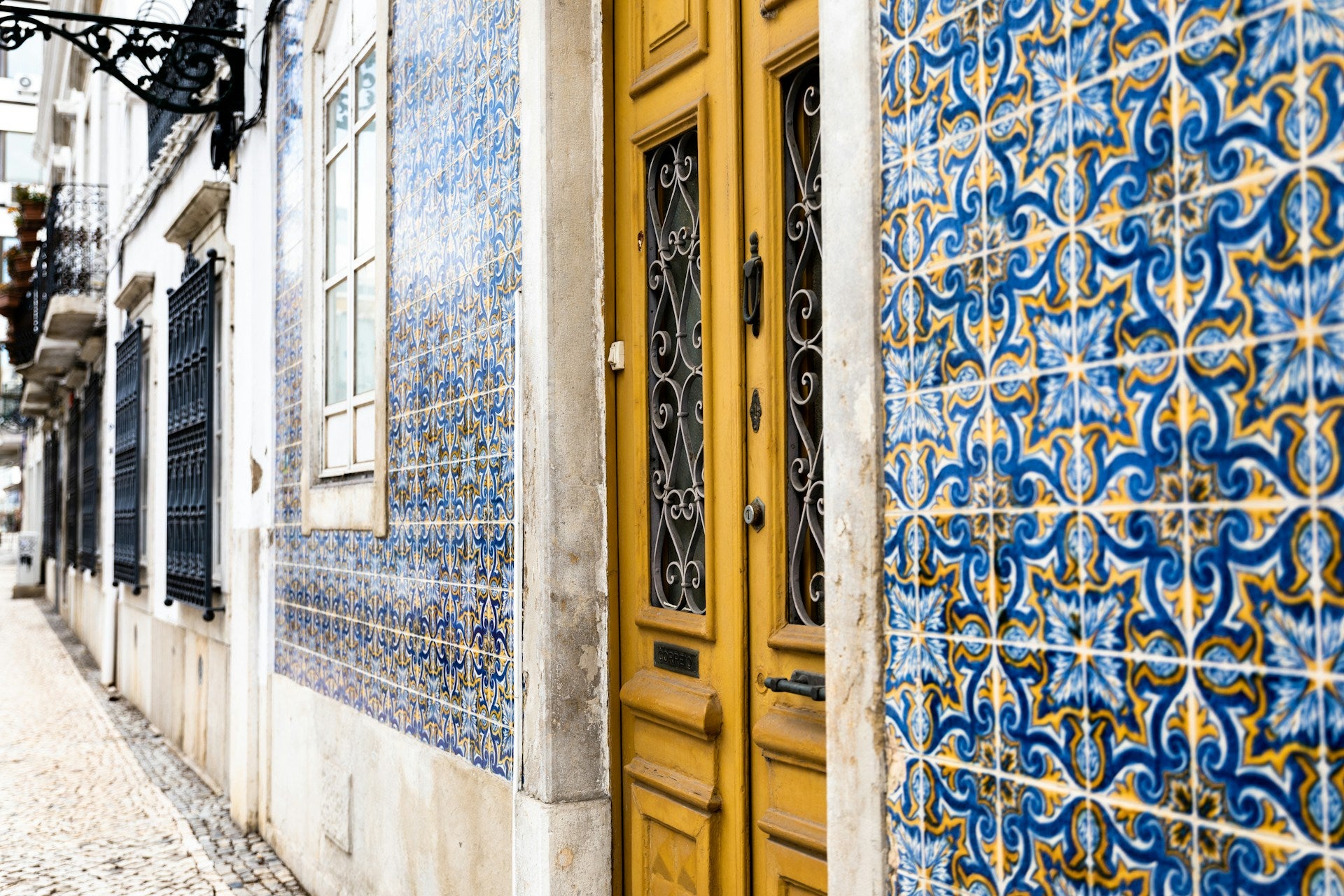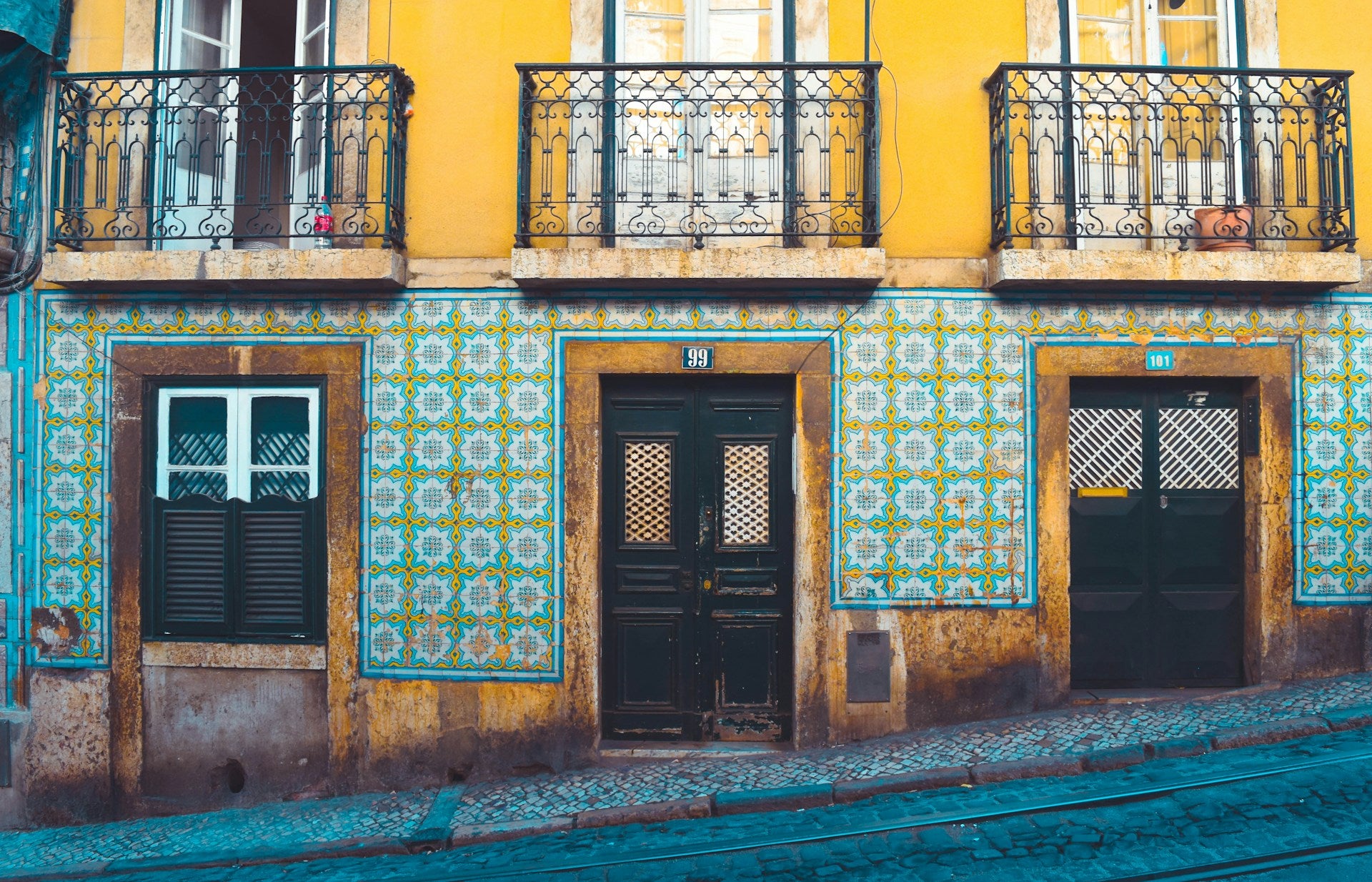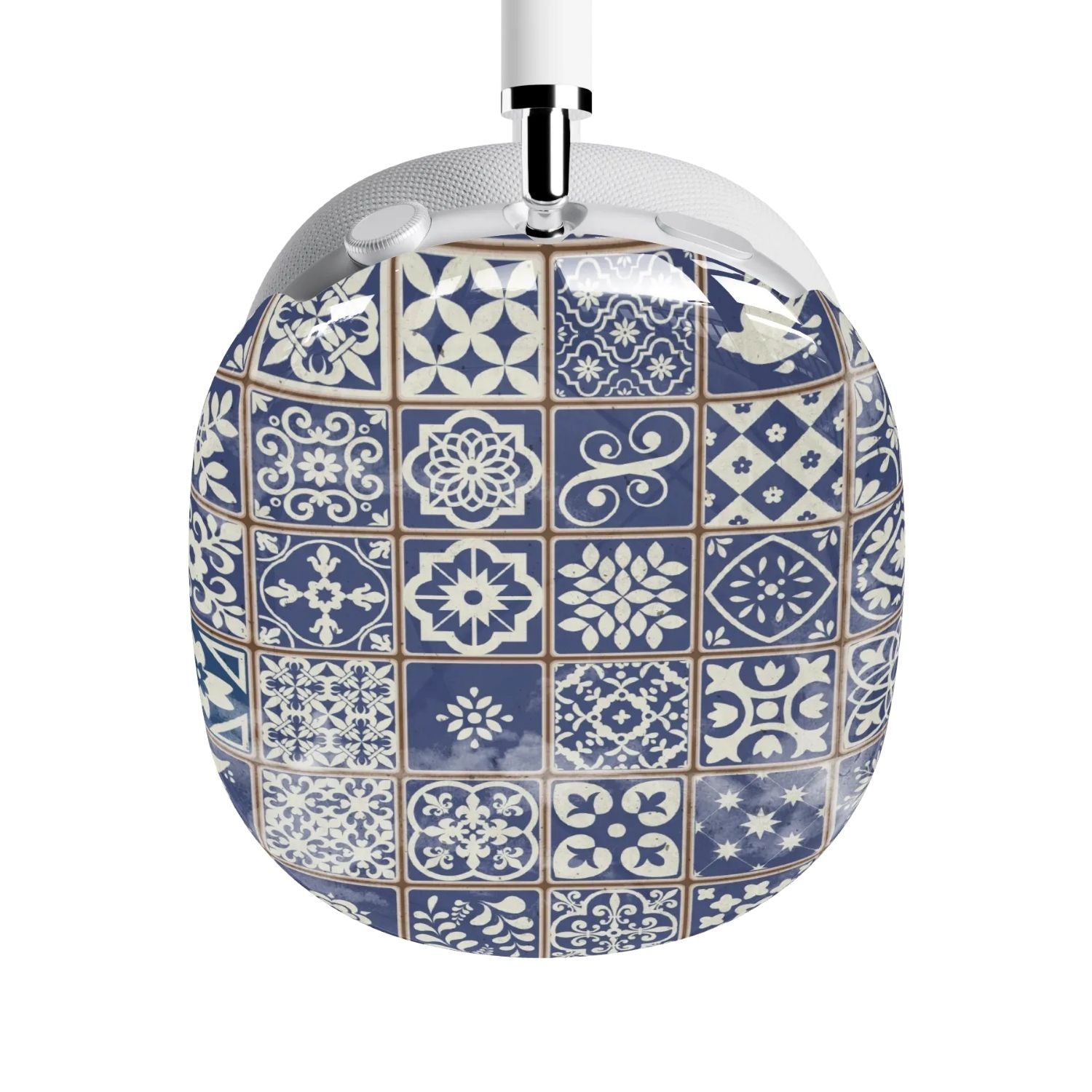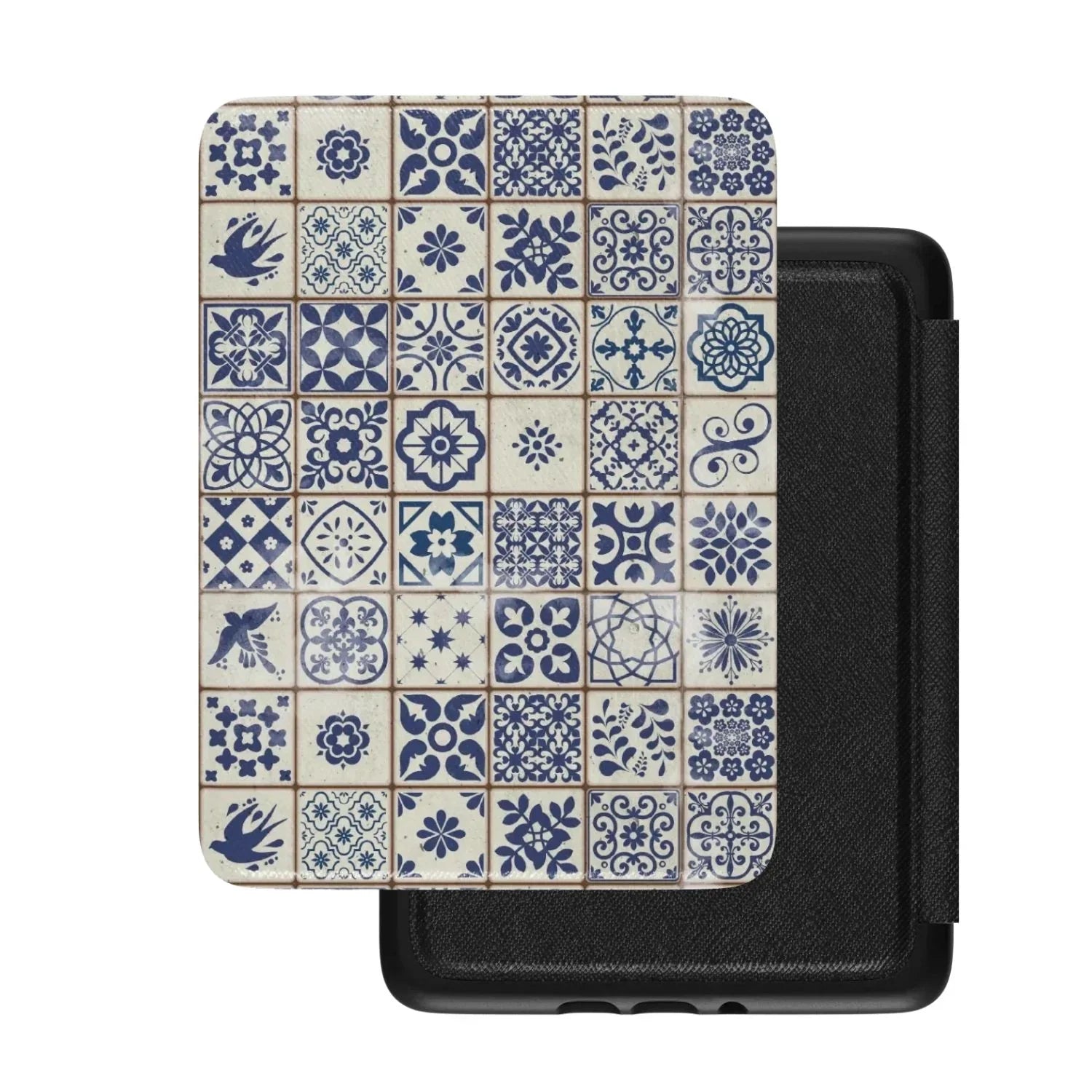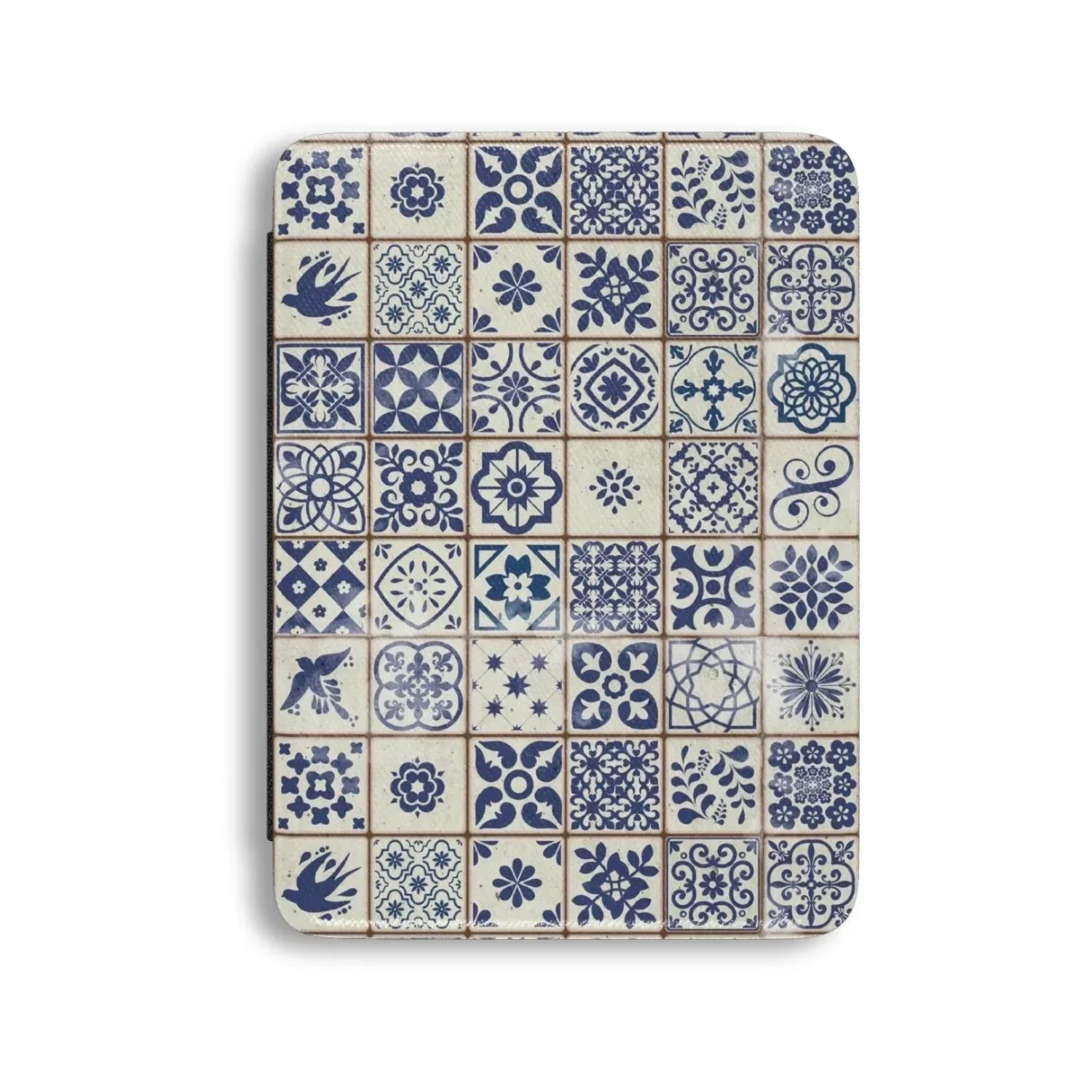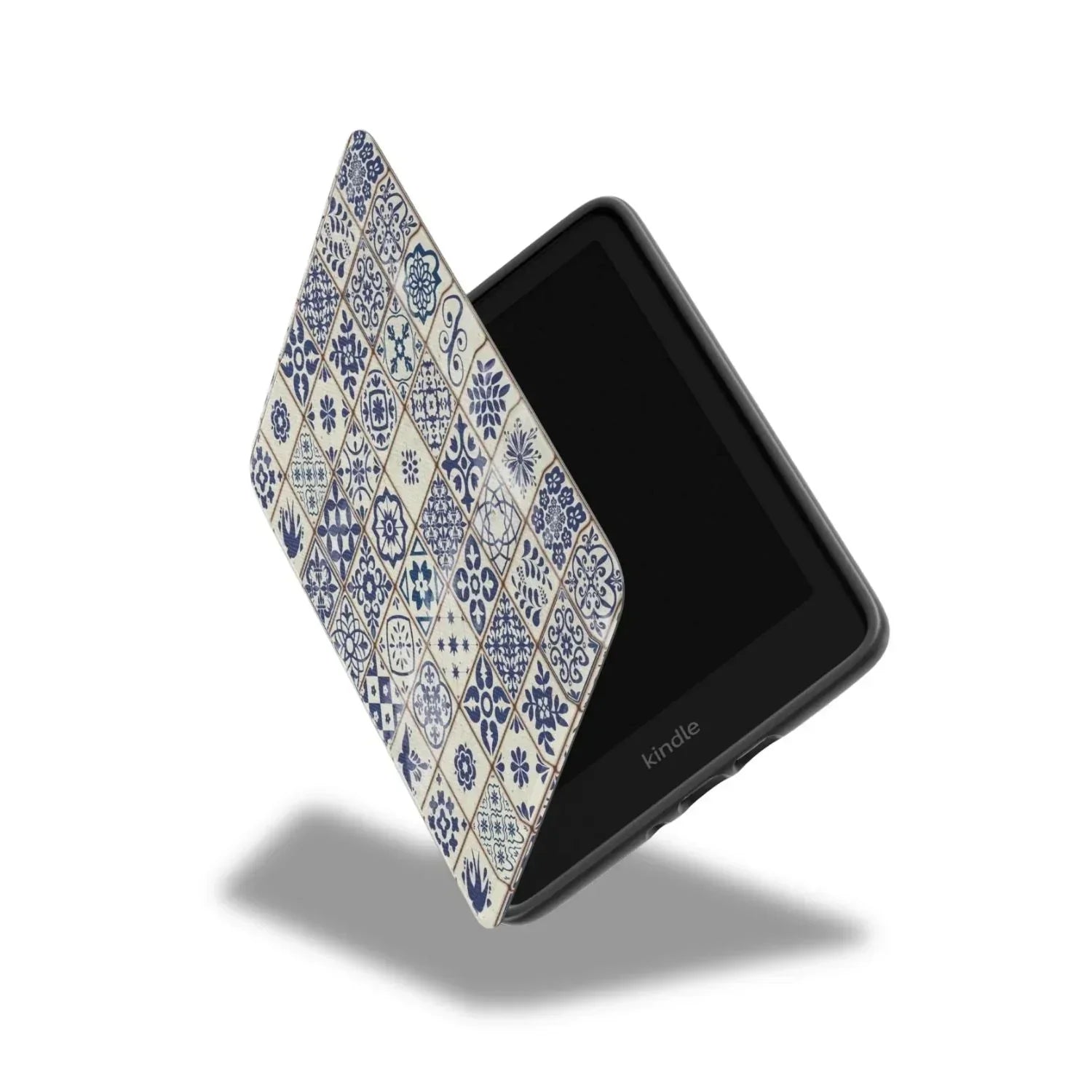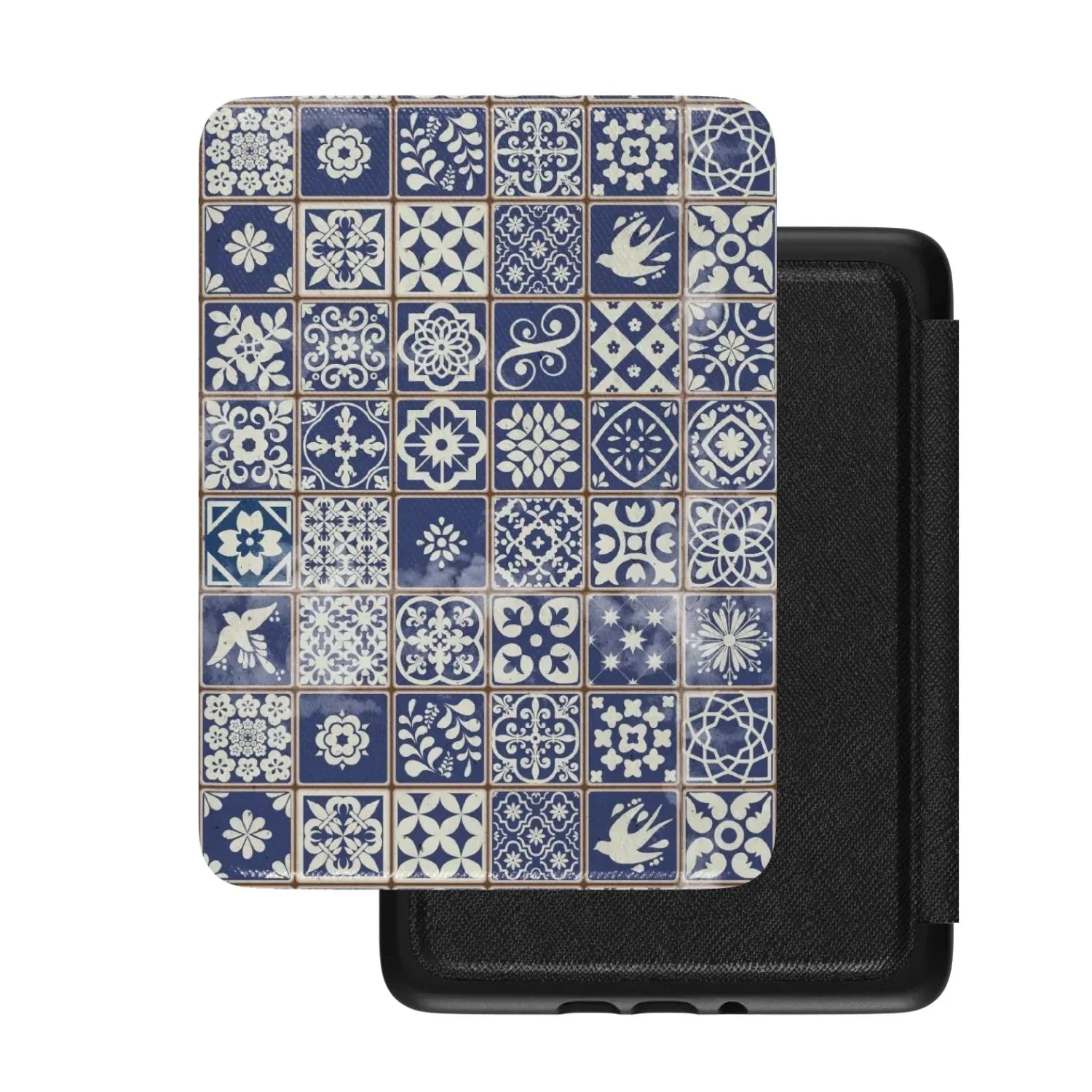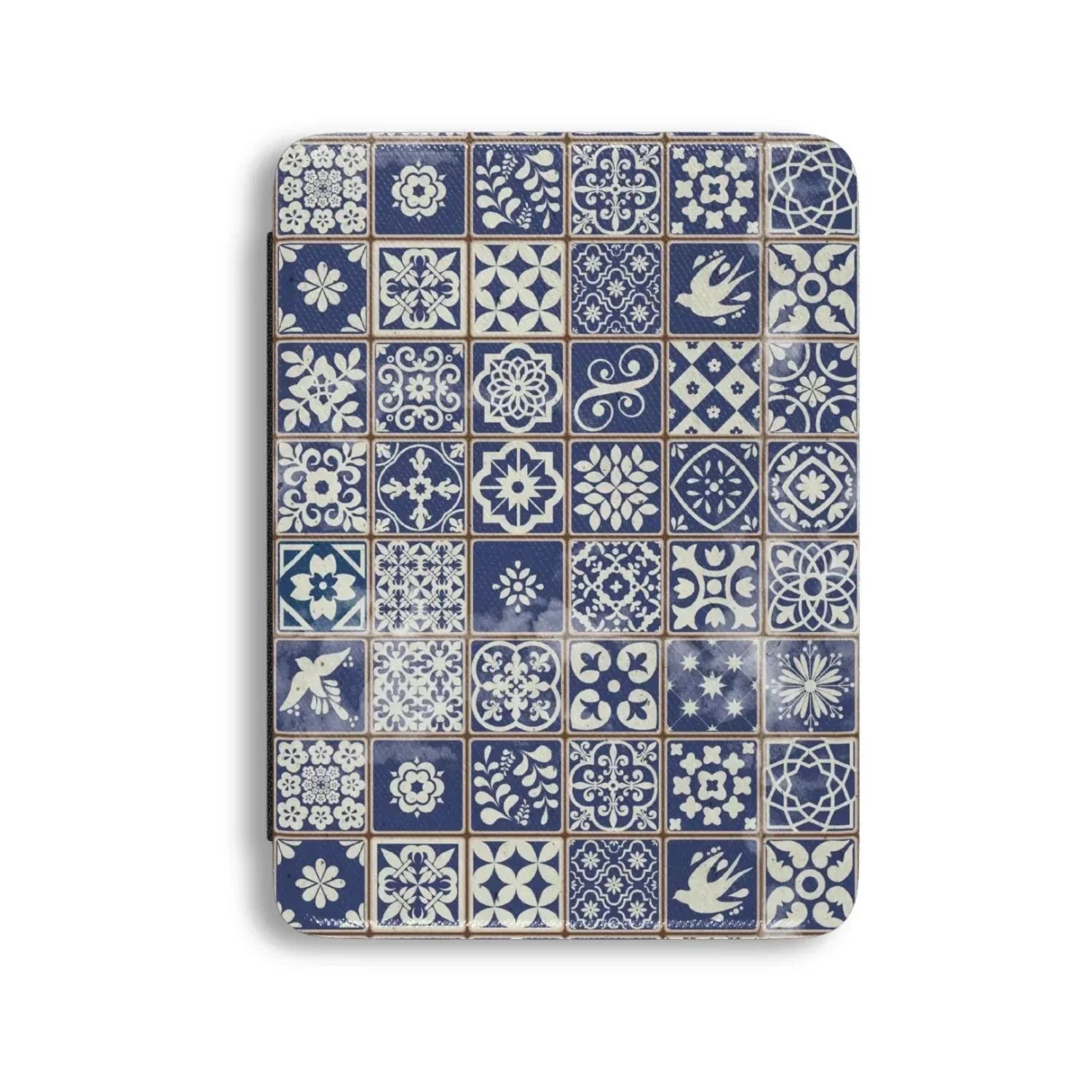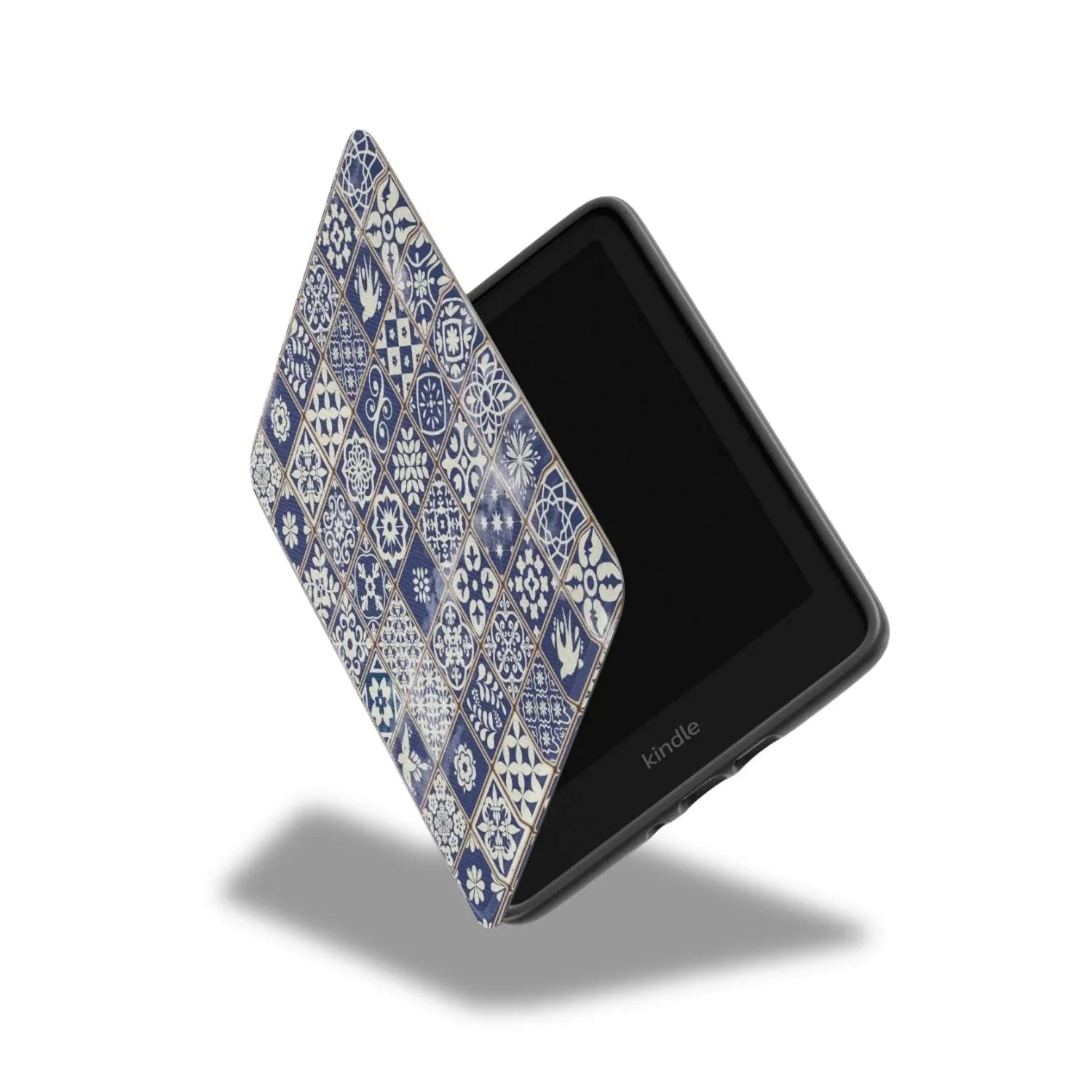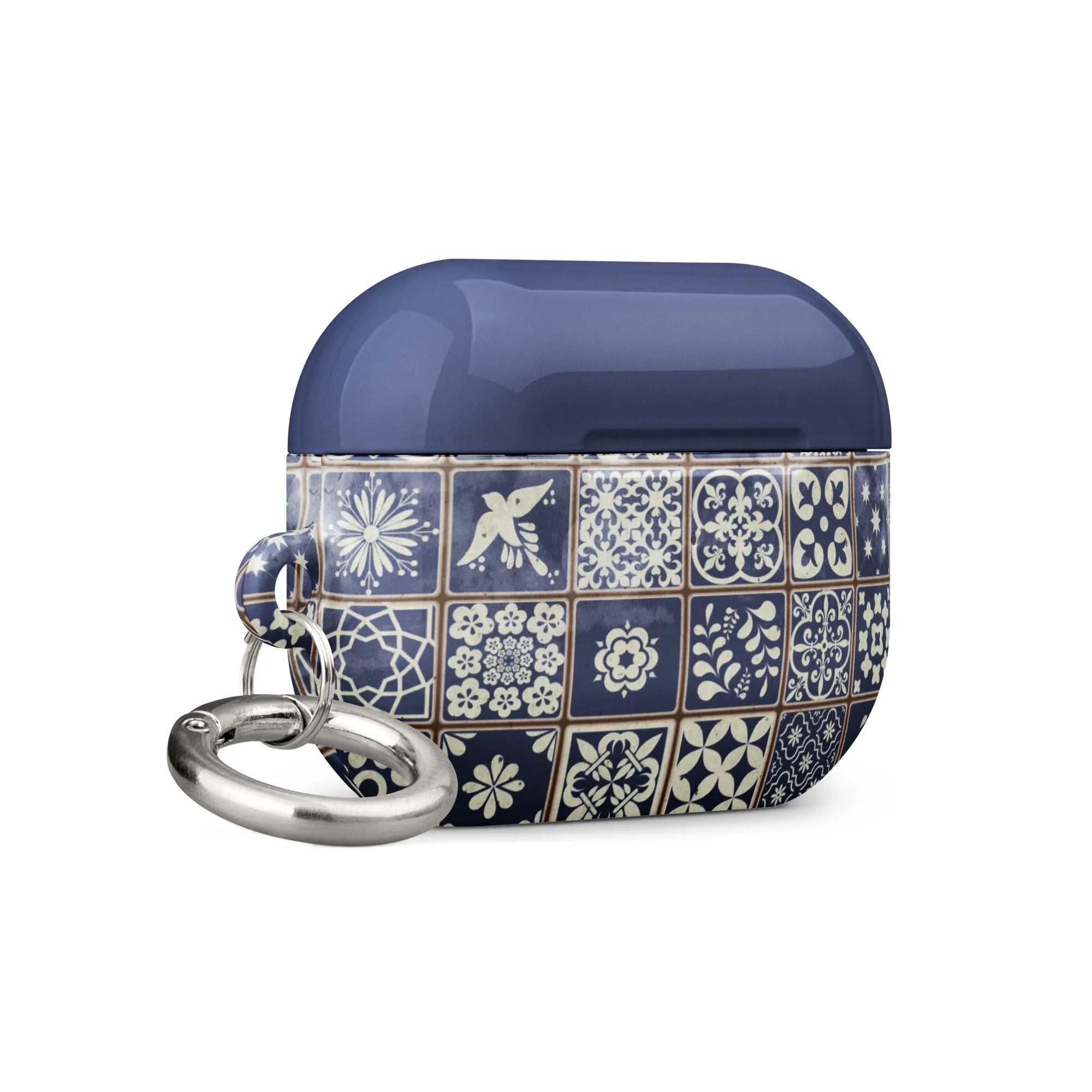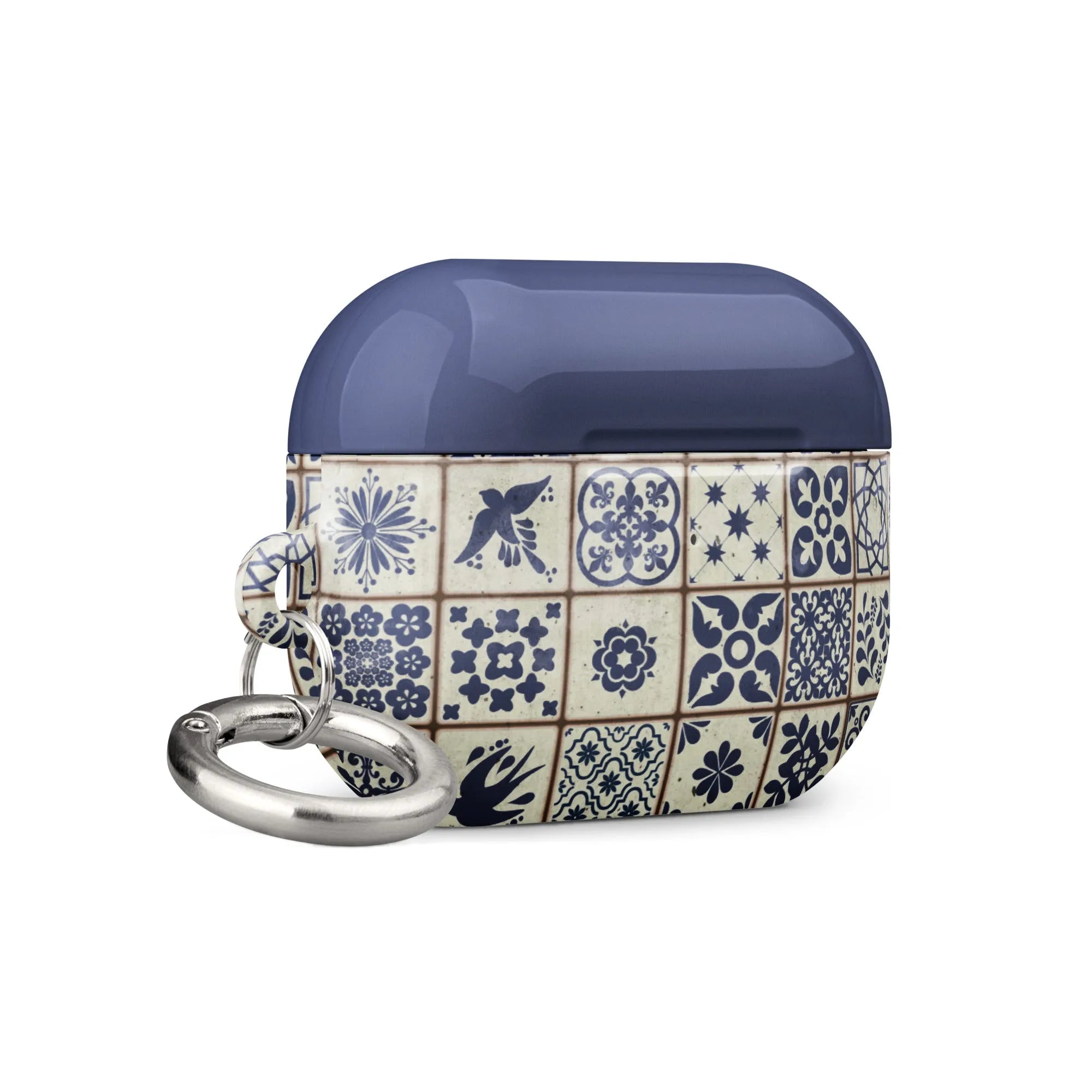If you've ever wandered around Portugal's charming streets, chances are you've been wowed by the stunning Azulejo tiles. These beautifully crafted ceramic tiles, adorning buildings all over the country, are a real nod to Portugal's artistic flair. Let's dive into the fascinating world of these tiles, checking out their backstory, history, significance, different styles, where you can find them, and how they're not just about ceramics anymore.
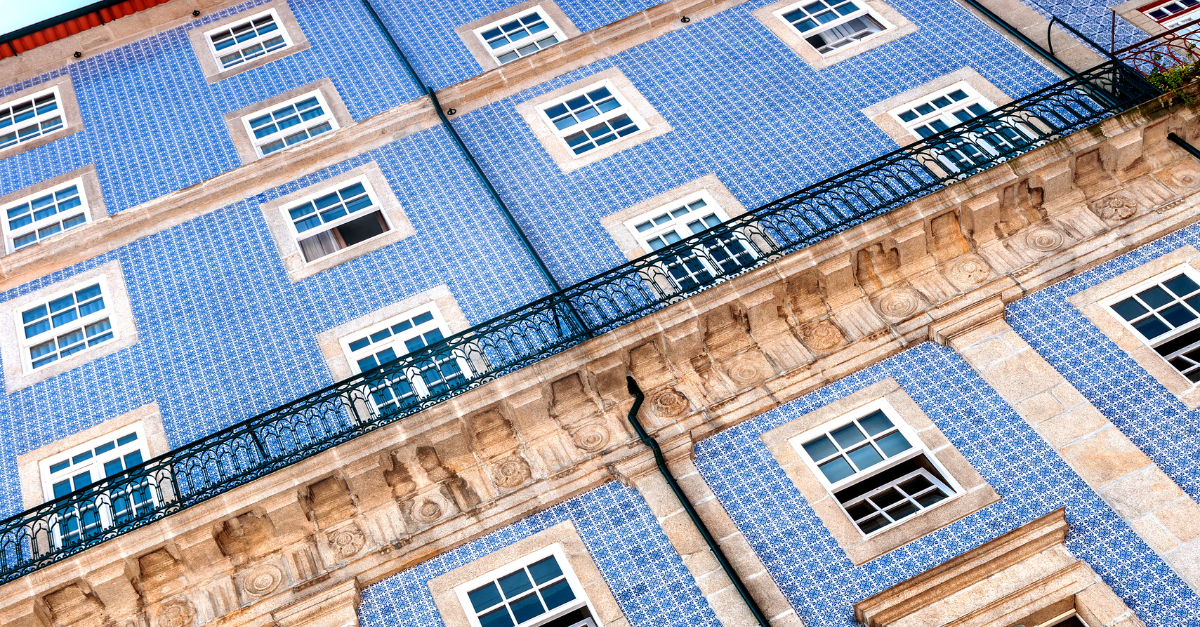
So, what exactly are Azulejo tiles?

What is the origin of Portuguese Azulejo Tile?
The origin of Portuguese Azulejo tiles can be traced back to the Arab influence in the Iberian Peninsula during the Middle Ages. The term "Azulejo" itself derives from the Arabic word "al zellige," meaning "polished stone." on which we have a whole blog post you can read about here.
The Moors, who occupied parts of Portugal and Spain during the 8th to the 15th centuries, brought with them the art of colorful ceramic tilework. Initially, Azulejos were used predominantly for decorative purposes in mosques and palaces, with geometric patterns and motifs reflecting Islamic artistic traditions.
However, it was during the Portuguese Renaissance in the 15th and 16th centuries that Azulejo production flourished and gained prominence in Portugal.
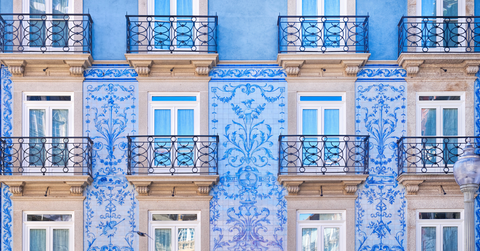
Why are they mostly Blue and White?
Portuguese Azulejo tiles predominantly feature blue and white color schemes due to a confluence of historical, cultural, and practical factors.
Inspired by the coveted blue and white ceramics imported from China during the Age of Discovery, Portuguese artisans sought to replicate this aesthetic in their own tilework. Additionally, the availability of stable and vibrant blue pigments, such as cobalt blue, made them ideal for ceramic glazing, ensuring durability and visual appeal.

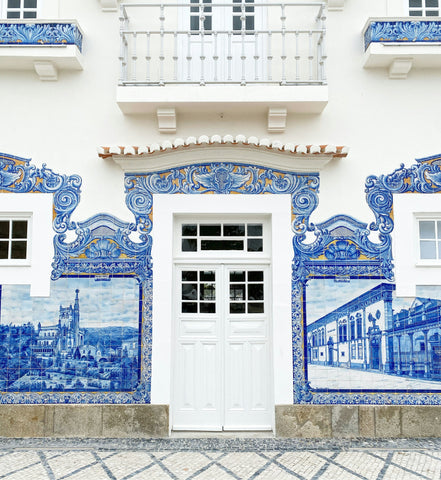 Moreover, blue holds symbolic significance in Portuguese culture, representing themes of spirituality, exploration, and the sea. This symbolism, coupled with the aesthetic appeal of blue and white color schemes, contributed to their widespread adoption in Azulejo tile production.
Moreover, blue holds symbolic significance in Portuguese culture, representing themes of spirituality, exploration, and the sea. This symbolism, coupled with the aesthetic appeal of blue and white color schemes, contributed to their widespread adoption in Azulejo tile production.
What is the meaning and symbolism behind Portuguese Azulejo tiles?
Portuguese Azulejo tiles serve as captivating portals to Portugal's rich history and culture. Each tile serves as a narrative canvas, recounting religious tales, honoring historical figures, or simply capturing the essence of daily life.
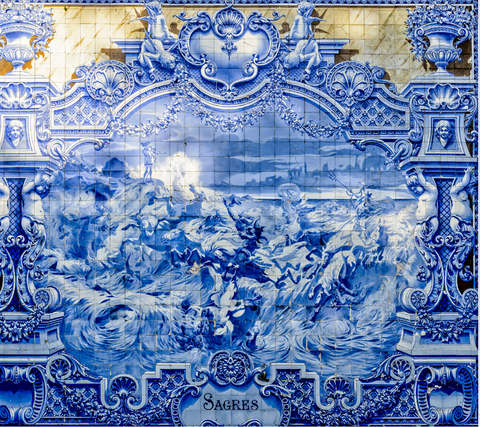
Beyond their aesthetic appeal, these tiles are imbued with profound meaning and significance. They represent a fusion of cultural influences, expressed through vibrant colors and intricate designs. In essence, Azulejos are not merely decorative elements; they are cherished emblems of Portuguese heritage, inviting observers to immerse themselves in a captivating world of storytelling and symbolism.
Are there different styles?
Yes, indeed! There are several distinct styles of Portuguese Azulejo tiles, each reflecting different historical periods and artistic influences. These styles include:
1. Moorish Influence: Azulejo tiles in Portugal were initially inspired by Moorish designs during the Arab occupation. They feature intricate geometric patterns and motifs, often with vibrant colors like blue, green, and yellow.
2. Renaissance Style: With the arrival of the Renaissance in Portugal, Azulejos began to incorporate elements of Italian Renaissance art. This style is characterized by elaborate scenes, classical architectural elements, and motifs inspired by classical mythology and biblical stories.
3. Baroque Style: During the Baroque period, Azulejos became more ornate and decorative. They often featured richly detailed scenes from religious narratives, as well as intricate floral and foliage motifs. Baroque Azulejos are known for their vibrant colors and elaborate compositions.
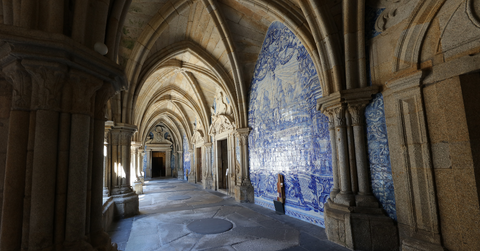
4. Art Nouveau and Art Deco: In the early 20th century, Azulejos adapted to the Art Nouveau and Art Deco movements. These styles brought geometric patterns, stylized forms, and bold colors to Azulejo design, reflecting the modern aesthetic of the time.
5. Contemporary Interpretations: Today, contemporary artists and designers continue to explore and innovate with Azulejos. They may incorporate modern techniques, abstract designs, and unconventional materials, pushing the boundaries of traditional Azulejo artistry.

Each style of Portuguese Azulejo tiles offers a unique glimpse into the cultural and artistic evolution of Portugal, showcasing the country's rich heritage and creative spirit across different historical periods.
Where can I find some beautiful Portuguese tile facades?Portugal boasts numerous iconic buildings adorned with breathtaking Azulejo facades. Some notable examples include:
1. São Bento Railway Station, Porto: Step into the grandeur of São Bento Railway Station, where over 20,000 hand-painted tiles adorn the walls, depicting scenes from Portugal's history and daily life. Created by artist Jorge Colaço in the early 20th century, these tiles transform the station into a breathtaking gallery of Azulejo artistry.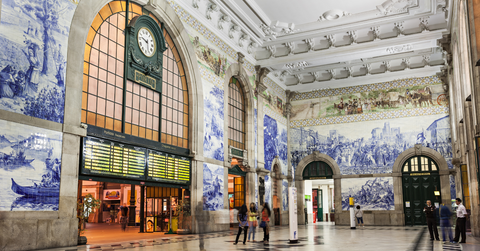

3. Palácio da Pena, Sintra: Perched atop a hill in Sintra, Palácio da Pena is a fairytale castle adorned with colorful Azulejo tiles. Dating back to the 19th century, the palace's façades feature intricate tilework in vibrant hues, adding to its whimsical charm and enchanting visitors with its romantic allure.



5. Igreja de Santo Ildefonso, Porto: The façade of Igreja de Santo Ildefonso in Porto is a stunning example of Azulejo tilework, showcasing intricate patterns and religious motifs. Dating back to the 18th century, these tiles add to the architectural beauty and cultural significance of the church, inviting visitors to admire their craftsmanship and historical richness.

Is that all?
Of course not, in recent years Portuguese tile design has experienced a remarkable resurgence, transcending its traditional ceramic medium to become a ubiquitous trend in interior and exterior design. What was once confined to walls and floors now finds itself adorning a myriad of surfaces, from furniture to textiles and even architectural elements. The intricate patterns, vibrant colors, and rich history of Portuguese tiles have captured the imagination of designers worldwide, inspiring a wave of creativity and innovation across various industries.
In conclusion, Portuguese Azulejo tiles stand as timeless symbols of artistic ingenuity and cultural heritage. From their humble origins in Moorish architecture to their widespread influence in contemporary design, these iconic ceramic treasures continue to captivate hearts and inspire imaginations around the world. Whether adorning historic landmarks, enriching interior spaces, or serving as works of public art, Azulejo tiles embody the spirit of Portugal's rich history and craftsmanship.
Join us in rediscovering the magic of Azulejo tiles and let their vibrant colors and timeless elegance transport you to a world of art, culture, and creativity!

